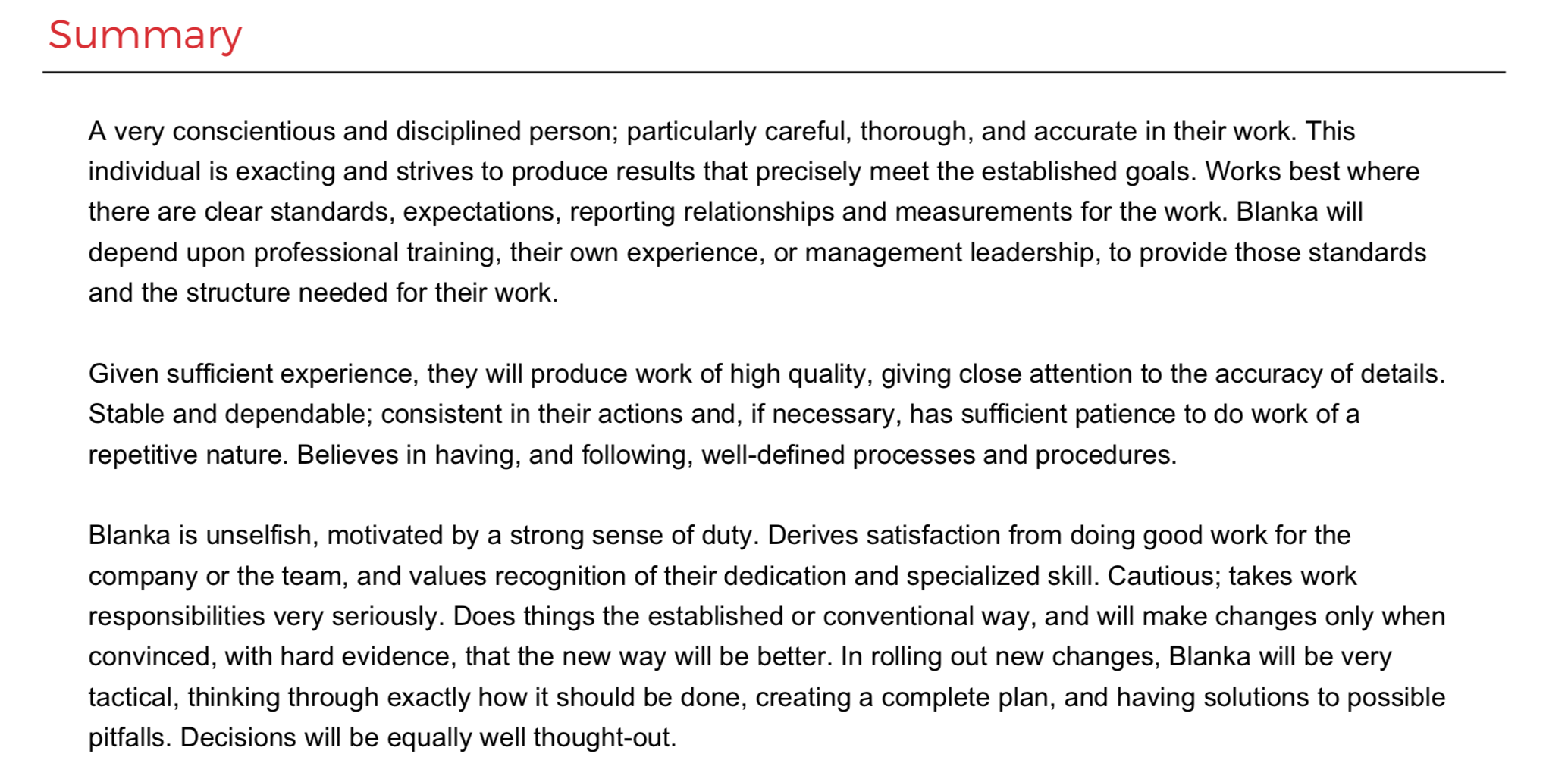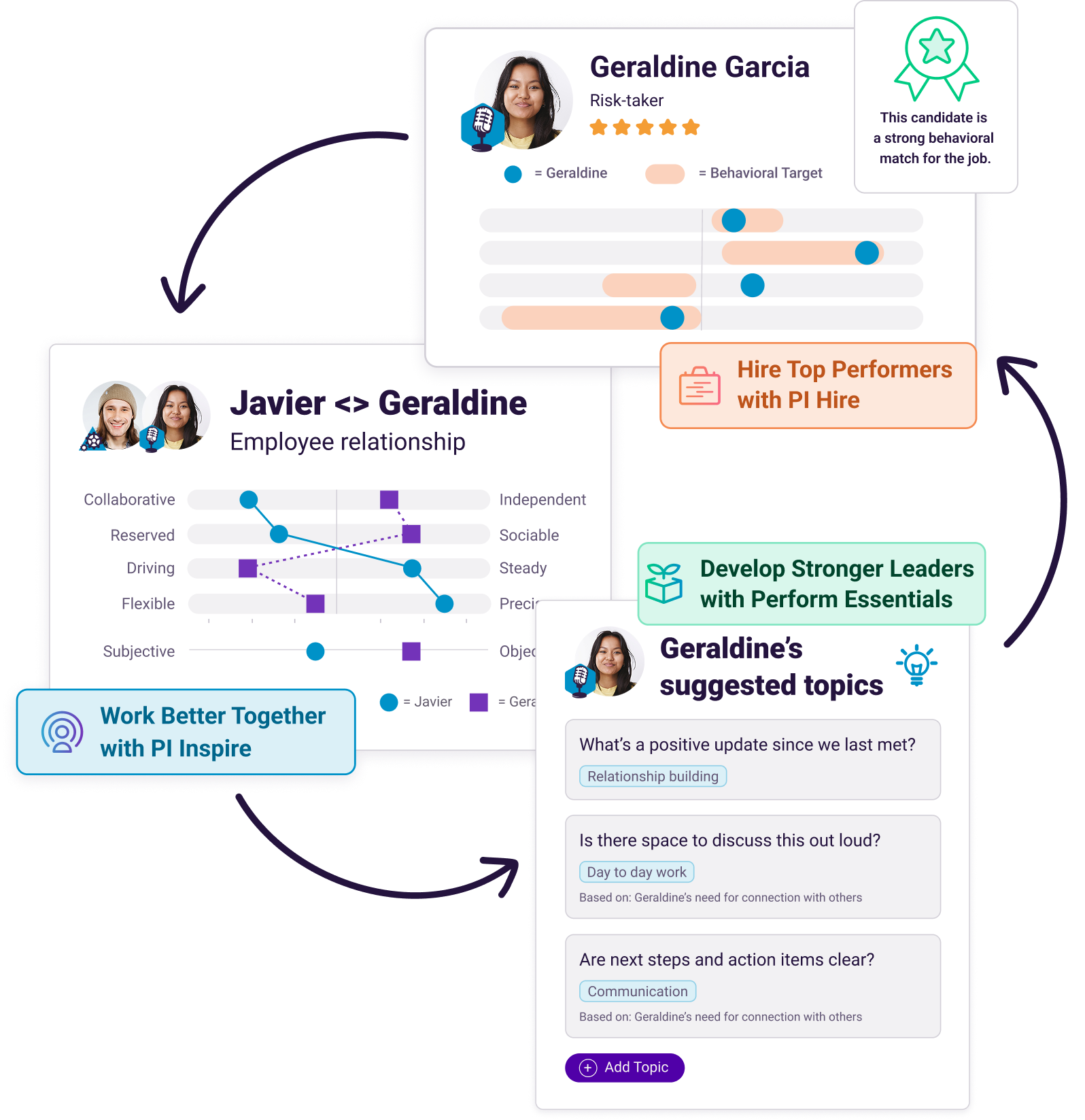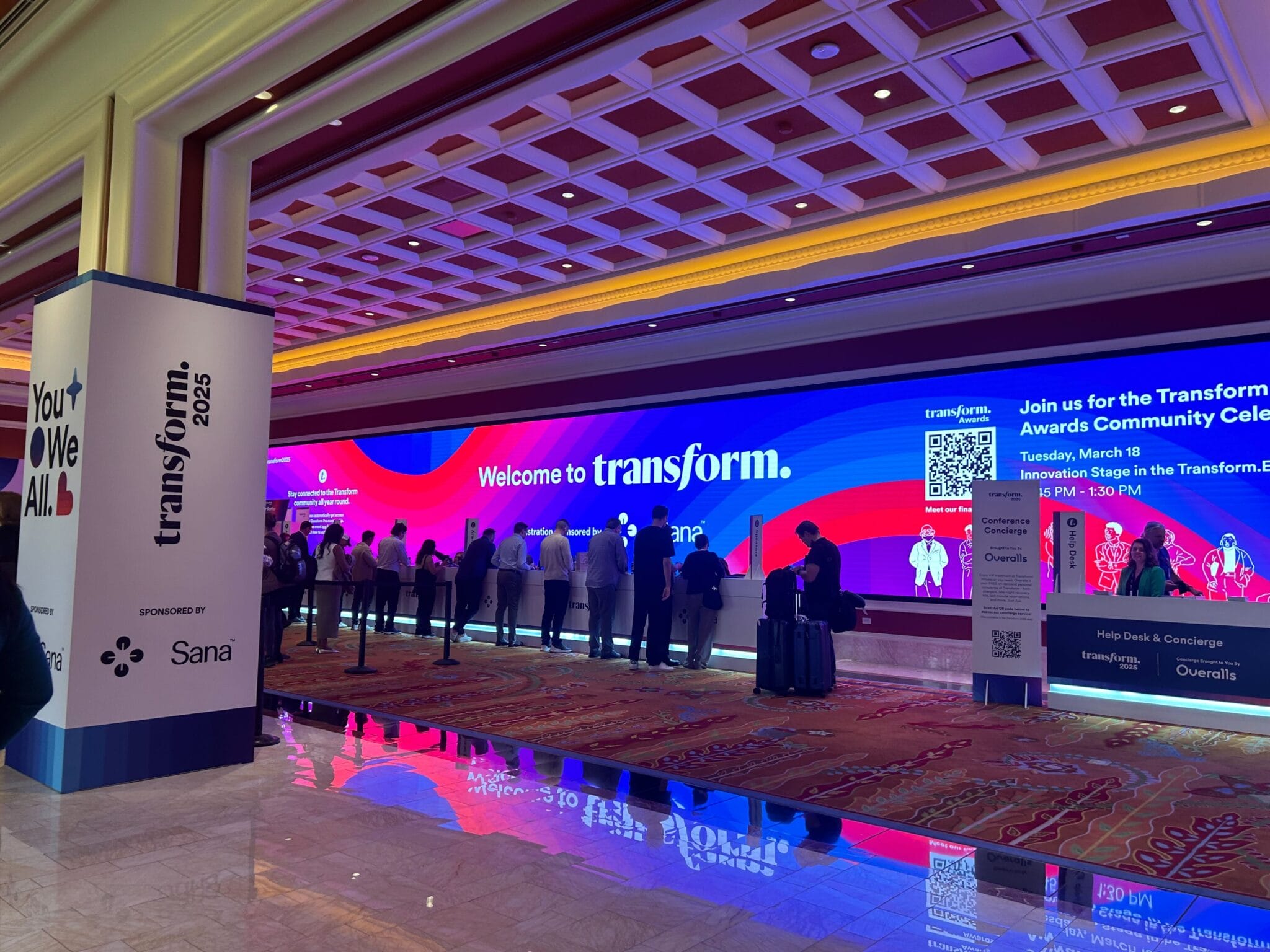We’re excited to announce that we’ve revised our PI Behavioral Assessment™ reports to remove gender pronouns. The result is a new and improved user experience that reflects PI’s commitment to diversity, equality, and inclusion.
Binary gender pronouns vs. gender-neutral pronouns
The English language features gender-specific (binary) pronouns like he, she, him, her, his, and hers. Most of us were taught to speak and write this way at home and at school. But here’s the issue: These pronouns only apply to people who identify with the gender assigned to them at birth.
Many people now identify as non-binary. According to the National Center for Transgender Equality, non-binary is a term for everyone who doesn’t fit neatly into the categories of male or female. They might identify with elements of both man and woman—or neither.
Traditional gender pronouns misgender non-binary people. Gender-neutral pronouns—like they, their, and theirs–are inclusive. When we use gender-neutral pronouns, we show our non-binary colleagues that we care about communicating with them in a way that makes them feel comfortable.
When we use gender-neutral pronouns in the recruiting process, we remove bias and make more objective decisions.
Recognizing the need for change
When our reports were created many years ago, there wasn’t the same awareness surrounding gender diversity as exists today. Because of this, the reports included binary gender pronouns.
“In the U.S., there has been more and more talk about gender neutrality and inclusion,” said Blanka van Raalte, Localization Program Manager at PI. “We believe in gender equality so it was time our reports reflected our views. It was also important to update the reports to remove bias from hiring.”

The PI leadership team knew that Blanka was passionate about making this change, so they chose her to lead the effort. And it truly was an effort—the reports totaled more than 100,000 words.
Assembling the team
“Because of the scope of the project, we found that forming a team made sense,” Blanka explained. “I reached out company-wide looking for volunteers. Six employees who felt strongly about the cause helped me make the updates. It took us about 60 hours to finalize improvements to the written reports.”
One of the employees who stepped up to help was PI Onboarding Manager Trish Davis-Gray.
“When I think about how I felt when I was asked to participate in this project, I can’t stop this giant smile from coming across my face,” Trish said. “It was a privilege for so many reasons, and I’m so proud of PI’s leadership team for supporting this initiative.”
Selecting gender is no longer necessary.
Originally, when managers used PI to send a behavioral assessment they had to choose ‘male’ or ‘female.’ Now, managers no longer need to select the assessment taker’s gender—or worry that they might be misgendering a candidate or employee. The BA is easier to use than ever before.
“There was a long list of great reasons to move to gender-neutral reports,” Trish said. “First, none of our other reports—like Relationship Guide and Team Work Styles—are gendered. We wanted the BA to match the rest of our reports. Also, gender-neutral reports take implicit bias out of the hiring process, which is crucial. They take the guesswork out of assigning a candidate’s or employee’s preferred pronouns, which makes things easy for our users. Big picture, this just made sense.”
For Trish, this was also a passion project.
“I identify as non-binary,” Trish explained. “The details of my behavioral report are spot on, but reading the report was always challenging for me because ‘he’ or ‘she’ made me feel erased, unseen, and disconnected from the report. I ran my new behavioral report within minutes of the update launching in the software!”
In the updated reports, we’ve replaced he and she with singular they (they, them, theirs), sentence fragments, and the assessment taker’s name. Here’s an example:

Support from HR
PI’s People Operations Team believes that this update will make a difference in eliminating bias in the recruiting process.
“The best HR functions acknowledge that implicit bias is universal, and they take action to minimize—or, ideally, eliminate—that bias,” said Will Otto, PI Recruiter. “Removing gendered language from the Behavioral Assessment report is exactly the type of step that helps my team put our money where our mouth is on the critical challenge of an inclusive and equitable hiring process. When candidates ask me what PI is doing to promote diversity and fair hiring practices, my first answer is that we’re walking the walk with our own product.”
Tracie Sponenberg, the SVP of Human Resources at The Granite Group and a PI client said, “Traditional systems in the HR world have tried to pigeonhole individuals into selecting either ‘male’ or ‘female.’ But what if one of our employees doesn’t identify as either? I’m thrilled that The Predictive Index is embracing inclusiveness and gender diversity.”
Final thoughts
Some languages, such as Hungarian and Finnish, completely lack grammatical gender so our reports in those languages are already gender-neutral by default. Other languages, like French and Spanish, are highly gendered and it will require extensive research and cultural consultation to find the appropriate solution.
While it’s our ultimate goal to offer gender-neutral Behavioral Assessment reports in all languages, our initial efforts focused on our English language BA reports.
Join 10,000 companies solving the most complex people problems with PI.
Hire the right people, inspire their best work, design dream teams, and sustain engagement for the long haul.








